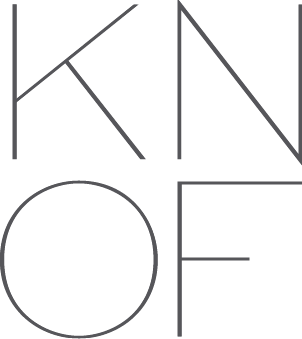Inspiring Design Trends in the Commercial Space that Improve Productivity
Humans are always looking for ways to improve productivity. As it turns out, deadlines and quotas alone aren’t enough to get the most out of yourself or your employees.
If you want the most productive workforce possible, you need to create conditions where productivity can thrive. Luckily, inventors and designers have been hard at work coming up with new design trends to improve the productivity of commercial employees.
If you’re interested in optimizing your workplace to facilitate a highly productive environment, here are a few design trends that might interest you.
1. Do Away with Cubicles
While meant to make efficient use of space while also allowing for privacy, cubicles aren’t effective at raising productivity. Noise pollution is rampant in a cubicle-filled environment, and the lack of visibility they create leads to alienation rather than communication.
If you want to improve productivity, implement modular glass panels instead. These panels allow for privacy and noise-cancellation, while also promoting a more open and free-flowing environment. They are see-through as well, allowing for maximum visibility.
Easily assembled and disassembled, you can experiment with an endless number of layouts and variations with these partition walls to adapt to the changing needs of your current business strategy.
2. Improve your Acoustics
The acoustic performance of a room has a big impact on the communicative abilities of those within it. That’s why you need acoustic ceiling tiles to better facilitate the travel of sound.
These ceiling tiles come in a variety of designs and shapes, each with a different impact on acoustics. Whether you’re looking for noise cancellation, less echo or you want to be able to hear someone on the other side of the room with ease, there are acoustic ceiling tiles to fit your every need.
3. Allow for Green Walls
Sprinkling in some natural elements throughout your commercial space is an excellent way to liven things up and break up the monotony of computers, white walls, furniture, and suits.
Installing a green wall filled to the brim with different plants and flowers can have a huge impact on the stress levels of your employees. Not only that, but it will help to improve the air quality as well.
4. Provide an Exercise Room
The benefits of exercise are directly correlated to improved worker productivity. Rather than expecting your employees to exercise on their own time, why not let them do it when and where it would be most beneficial to them?
We’re not talking about heavy lifts or sprints, but a well ventilated, air-conditioned place to get some blood flowing can do wonders for a person’s energy levels. A few treadmills should suffice, but you can get as creative as you want here.
Allow your Employees to Flourish with these Productive Design Trends
There are many ways to improve productivity, but cramping people together in noisy, fluorescent-lit rooms is not one of them. Consider installing some modular glass partitions, green walls, acoustic ceiling tiles, and/or exercise rooms in your commercial space.
These features will foster better communication, energy levels, moods, and overall productivity as a result.
Space helps dictate mood. Good moods contribute to positive performance. Design should not be an after thought, design is essential for productivity!
Skylar Ross is a contributor to the Innovative Materials blog. He is a content writer for the construction and home improvement industries with an interest in landscaping, outdoor remodeling, and interior design. Skylar is focused on educating homeowners, contractors, and architects on innovative materials and methods of construction that increase property value, improve sustainability, and create a warm and welcoming ambiance.








